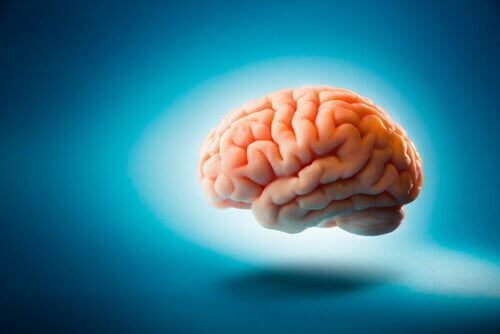Everything we hear is not true. Once a thought is installed in the collective imagination, it becomes very difficult to remove it from our mind, the functioning of our brain remains surrounded by mysteries: lies and myths about the human brain are constantly shared on social networks or in meetings of friends where we want to demonstrate our own?Wisdom?
Philosopher Elena Pasquinelli has published a book to address these myths about the brain. Despite the popularization of science (we now write information for the general public on almost all topics), Elena believes that these publications are not yet well accepted by society. people greet them with suspicion and suspicion and sometimes fully believe them. In any case, good or bad, the brain always seems to be the protagonist.
In this article, we will share the most common myths about the human brain.
It is true that humans sometimes act as if they have no brains, but this claim is one of the oldest and most mysterious myths, first by its origin: we do not know where it comes from.
Current neuroimaging techniques clearly show that we use our entire brain, that all of its parts are activated by some of the processes we routinely use, it is true that we use our brain in different ways and that certain cognitive abilities are more developed in some people than in others In any case, this myth makes no sense.
It is one of the best known myths about the brain, illustrated by curious diagrams; in fact, this myth has penetrated society itself and, in a way, has flooded much of the most naive science. Most articles have been published, when it doesn’t really make sense: if we have the opportunity to observe how the brain is activated in tasks that, in principle, are characteristic of somewhere, we could prove that it’s not quite like that.
If it is true that certain functions fall under certain structures in a hemisphere, the interconnections between the two parts of the brain are multiple and powerful, and cannot function autonomously and differently, therefore the use of a hemisphere does not define learning or personality. styles, because we never use a single hemisphere.
The brain of both sexes has anatomical differences, as with other organs or characteristics, such as height. A recent, much-discussed study yielded the following results: men appear to have more connections in certain parts of a hemisphere, while women have more connections between the two hemispheres.
These results are disseminated by statistical methods with the aim of distorting the interpretation of the results in order to obtain a powerful title, in this case contributing to the dissemination of myths about the brain. This study does not determine that men and women have different brains. , but which establish, on average, different types of connections. In addition, the connections the brain makes will depend on the activities the person is doing, regardless of gender.
Our brains are plastic, dynamic and very sensitive to the activities we have been involved in for longer, for example, it has been found that in London taxi drivers, the brain changes over time, connecting more and increasing the size of the areas responsible for our spatial orientation.
But this plasticity also has its limits, whether as a taxi driver in a big city or in any other profession, in this way, plasticity can make certain areas of our brain more prominent while others are relegated to the background.
This will depend on our activity, but also on the circumstances of the person, the stimuli, their general physical and cognitive state, etc. Each person’s brain ends up having its own architecture based on who they are and what they do. The same architecture also imposes on each of us limitations with which we must live together.
Generally, any in-memory training, computational speed or improved attention has an immediate positive effect. Now, assuming that training has a positive effect, the big question arises: is this improvement really a training product or just the placebo effect associated with an intervention?
The question becomes more important given that the effect of this training does not usually extend over time, on the other hand, in many cases, practice makes us more qualified, and in this case the big question would be: Have our skills improved or improved our strategies?
For example, if you play chess for a while, the most common thing is to improve your strategy in this type of game: we will have an experience that will determine which strategies are better than others, however, the fact that our memory has more chess – Does the related content mean that we can say that this basic psychological process has improved?
That said, it seems that cognitive training slows down the brain’s natural degeneration with age and in some degenerative diseases, such as dementia. The training also returns to the basic level after a period of deprivation of training in this capacity. The truth is that these conclusions are at least questionable.
In this article we include some of the most common myths about the brain, however, there are many others that we have not quoted or that we have not yet discovered to be myths, because science has not found a way to clarify them. studying our brain is an exciting topic because it is the most amazing and perfect technology we know to date.

